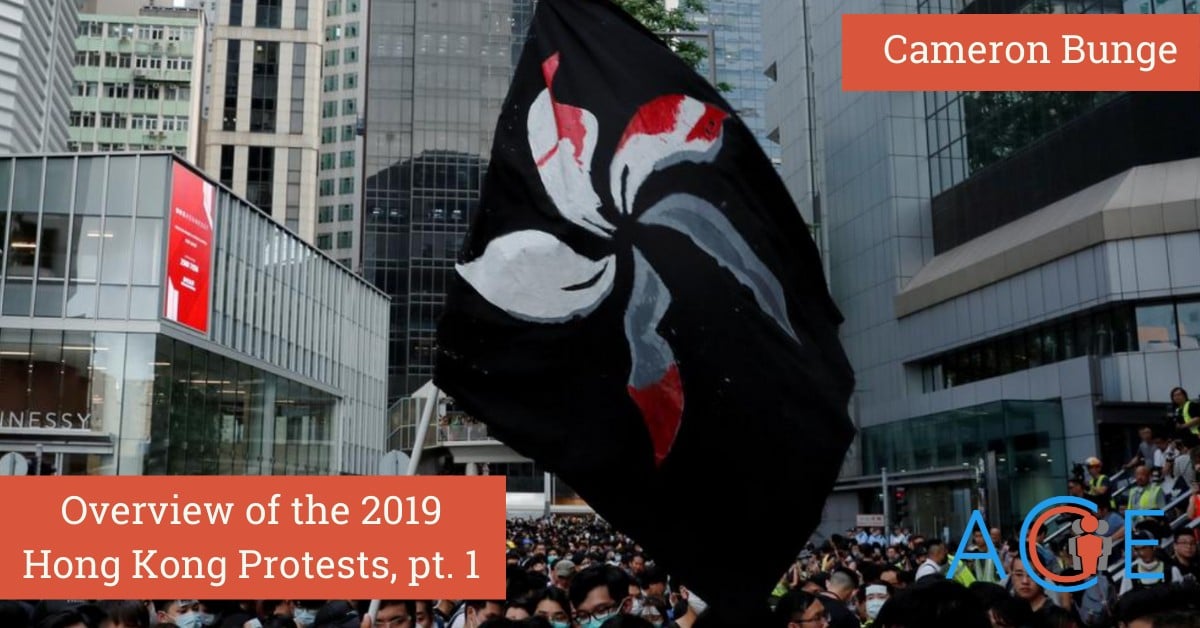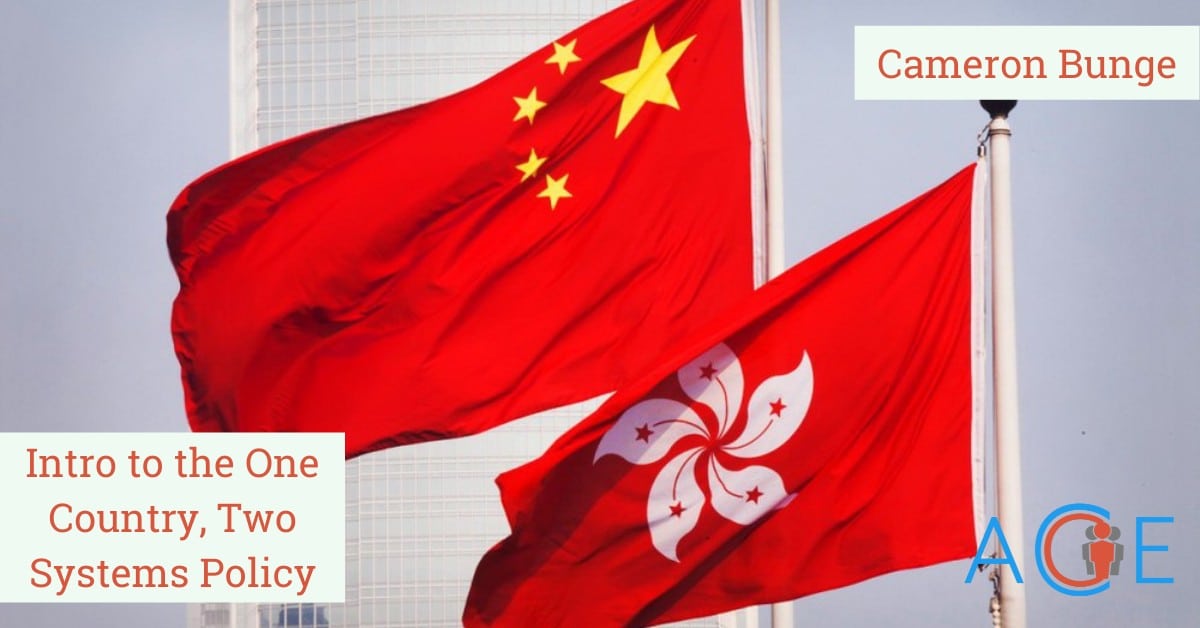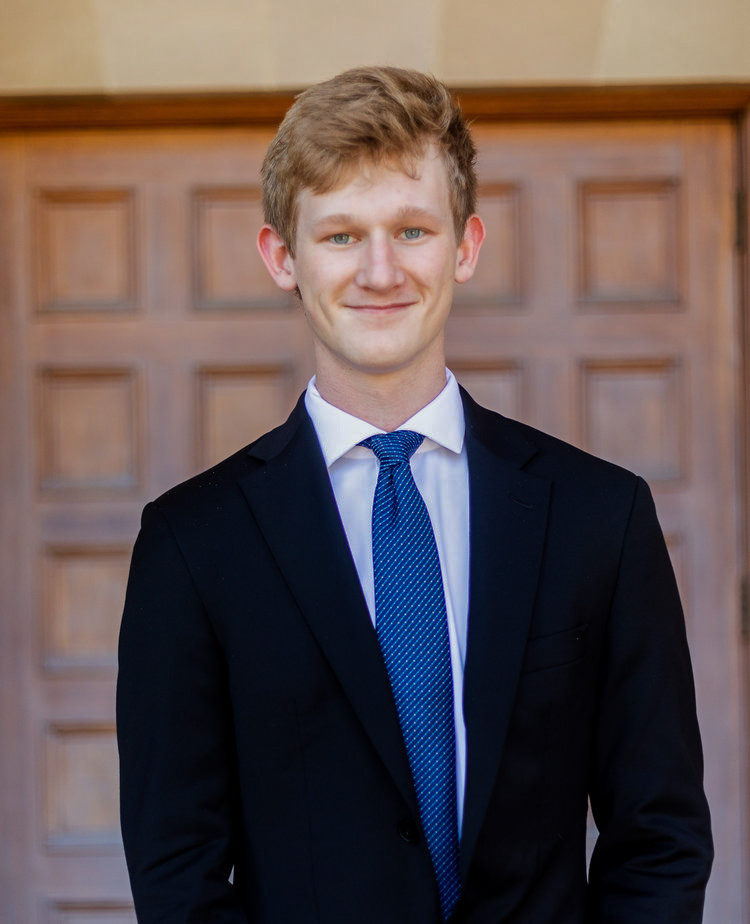Hong Kong’s Relationship with China
Hong Kong is a Special Administrative Region of China that operates under separate systems and a different constitution than mainland China (see One Country, Two Systems brief). Hong Kong’s constitutional document, called the Basic Law, defines the ‘four pillars’ of success in Hong Kong as a common law system with an independent judiciary, the free flow of information, a level playing field between businesses, and an uncorrupted, respected civil service.
Political Context
Hong Kong has a strong democratic tradition. Following its transfer of sovereignty on July 1, 1997 from Great Britain to the People’s Republic of China , the ruling Chinese Communist Party (CCP) promised that the region could keep its liberal, democratic and capitalist systems for at least 50 years. However, in recent years, as China more aggressively pursues unification, many Hong Kongers and international governments, including the United States, have accused China of attempting to systematically erode Hong Kong’s autonomy. These efforts, perceived as resulting in the “mainlandization” of Hong Kong, have resulted in feverous protests from Hong Kong citizens exemplified by the 2014 Umbrella Movement. The Umbrella Movement was sparked by the CCP introducing education reforms such as compulsory Mandarin classes (Hong Kongers mainly speak Cantonese) and a new “patriotic” curriculum, as well as refusing to allow the native people to directly elect their chief executive as previously promised. These protests ultimately failed to garner concessions from the CCP or the Hong Kong government as they did not significantly damage Hong Kong’s economy. However, they succeeded in setting the stage for the more impactful 2019 protests.
Lighting the Powder Keg
While tensions have remained high between a democratic Hong Kong public and an authoritarian CCP over the years, tensions reached a boiling point in 2019 when the government, pressured by the CCP, proposed a new national security law that would allow for extraditions to mainland China. This law is seen as corrosive to Hong Kong’s sovereignty as it gives the CCP the ability to arrest activists, seize assets, fire Hong Kong government workers, detain members of the press, and rewrite school curriculums. These reforms also introduced a new electoral system that requires candidates to be vetted for patriotic character, effectively allowing Beijing to control who takes office.
Protests & Goals of the Protestors
Beginning on June 9, 2019, tens of thousands of Hong Kongers took to the streets to protest what they perceived to be encroachments on their liberties. As the Hong Kong Legislative Council gathered to vote on the bill, protestors surrounded the building, cancelling the session and resulting in a major victory for the protestors. A week later, on June 16, approximately 2 million Hong Kongers marched in protests around the city and were met with violent opposition from the CCP-controlled Hong Kong police. Protestors were beaten, tear gassed, pepper sprayed and shot with water guns and rubber bullets, despite being largely peaceful. This garnered widespread condemnation from the international community, especially the United States, with many politicians voicing public support for the protestors.
Conflict peaked on July 1st as anti-government Hong Kong activists broke into the Legislative Council building, occupying it, and vandalizing it with anti-CCP slogans before exiting late that night. Nine days later, Hong Kong’s Chief Executive Lam dropped the extradition bill. While the protestors were successful in getting the extradition bill dropped, they did not achieve their other goals:
- Convincing the CCP and Hong Kong government to stop referring to the protests as riots;
- An independent investigation of the use of force on civilians by police;
- The unconditional release of everyone arrested at the protests;
- And political reform towards universal suffrage.
This last goal represents the main tension between Hong Kong and China in the 2010s, first brought to the national spotlight by the 2014 Umbrella Movement. Although China has claimed that democracy was the eventual goal for Hong Kong, actions leading up to the protests proved otherwise in the eyes of many Hong Kongers.
Aftermath
After pro-democracy landslide victories in Hong Kong’s District Council elections and the onset of the COVID-19 pandemic, the protests began to lose steam. However, tensions mounted again in May 2020 when the CCP pushed the previously defeated National Security Law through Hong Kong’s legislature. Since this law’s passage, many prominent activists and journalists have been arrested, and there has been mass emigration out of the city. Approval ratings for the Hong Kong government are now at their lowest points since the region was transferred to Chinese control in 1997, with approval for Lam at a dismal 19%. Overall, Hong Kongers’ confidence in the impartiality and efficacy of their institutions has dropped substantially in the past ten years.
Implications for US, China and the International Community The CCP and Hong Kong government have received widespread international condemnation for their actions surrounding the protests. Taiwan, which is in a similar position to Hong Kong, is on high alert for similar provocations from the CCP following the Hong Kong protests. In the United States, then-President Donald Trump and Congress passed a series of acts sanctioning the Hong Kong government and Hong Kong-based businesses, and declared the situation a national emergency. For now, Beijing sees this new security law as substantial enough to prevent national security threats from Hong Kong and is focusing on economic projects which it believes will alleviate the social unrest that spurred the protests. The United States, on the other hand, sees China as having significantly eroded Hong Kong’s sovereignty over the past decade and remains on alert to see just how far China’s ambitions in the region extend. Hong Kong promises to be a flash point in a budding Sino-American rivalry and is poised to be a litmus test for Chinese desire to project regional hegemony and the resolve of the U.S. to resist it.


